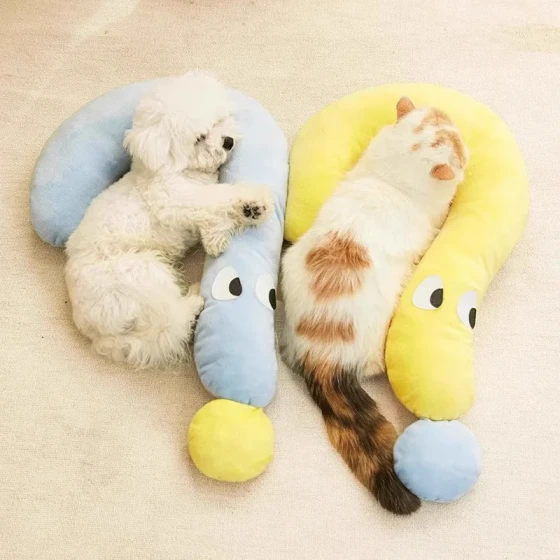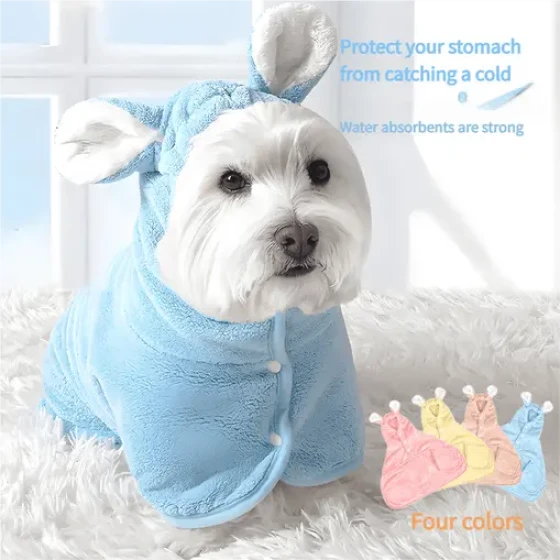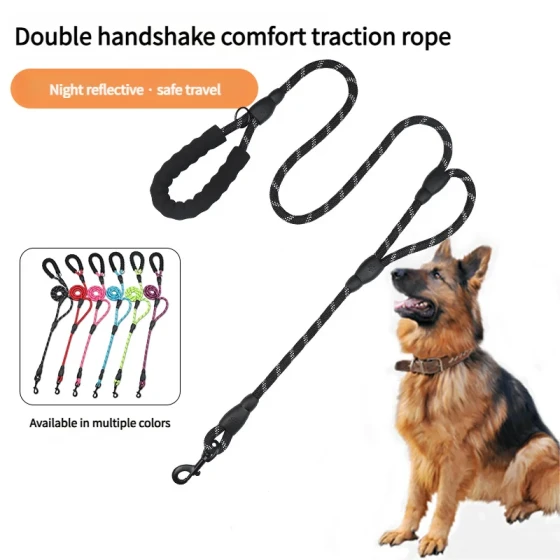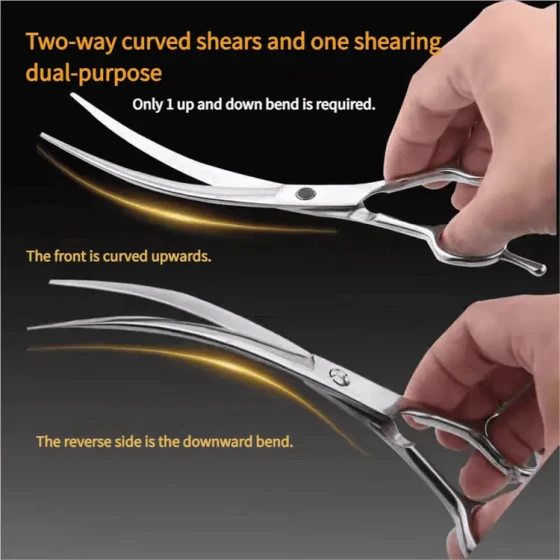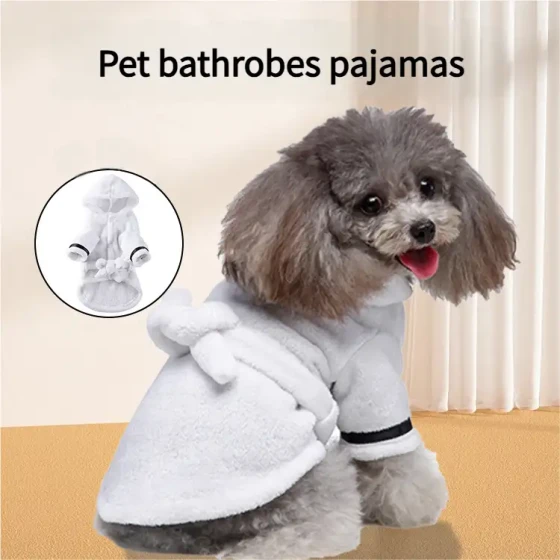Morphological Characteristics of the Great Dane
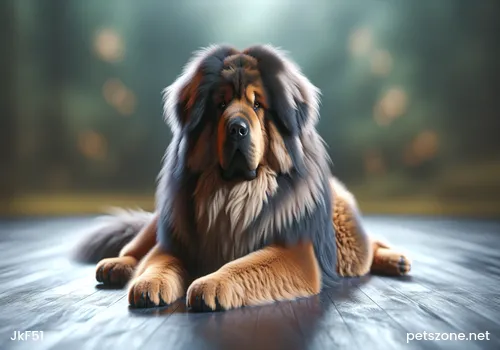
Great Dane (Detailed Introduction)
The Great Dane combines the three major advantages of majesty, strength, and elegance, possessing a regal appearance. It is massive yet balanced in strength and beauty, with well-defined smooth muscular lines. It belongs to large working dogs, but only its general conformation is perfectly proportioned and never appears clumsy, with an extended forequarter and powerful hindquarter drive.
Morphological Characteristics
Overall, male Great Danes appear more robust than females, with longer and thicker bone structures. The height-to-body length ratio is square. Normally developed female Great Danes may have slightly longer bodies. A heavy, clumsy body and lack of muscle are faults. Male Great Danes have a shoulder height not less than 76cm, but ideally 81cm or higher (height and length ratio appropriate); female Great Danes have a shoulder height not less than 71cm, but ideally 76cm or higher (height and length ratio appropriate). Those not meeting the minimum shoulder height are disqualified.
Head
The head of the Great Dane is rectangular, long, noble, expressive, with sculptural graceful lines, especially pronounced below the eyes. Viewed from the side, there is a distinct stop between the forehead and the nasal bridge (very noticeable). Both the forehead and nasal bridge lines are straight and parallel. The area below the forehead and inside the eyes must be sloped, but the bones should not protrude, ending in a deep rectangular muzzle (flews are not acceptable). The male's head structure is clear and distinct, while the female's head is delicate and soft. Viewed from above, both sides of the head are parallel, and the nasal bridge is as wide as possible. Cheek muscles are not prominent. The length from the middle of the nose leather to the stop is approximately equal to the length from the stop to the occiput; from all angles, the head should show edges forming clear planes and an appropriate size relative to the dog's body.
1. Eyes: Medium-sized; deep set; dark color; lively and intelligent expression. Almond-shaped; eyelids tight. Well-developed eyebrows. Mongoloid eyes and excessively drooping lower eyelids are serious faults. Harlequin Great Dane eyes should be black; light-colored eyes, different colors in each eye, or eyes with spots are allowed but not ideal.
2. Ears: High set, medium size, medium thickness. Ears fold toward the cheeks, the fold line level with the top of the head. If cropped, ears should be proportionate to the head and always stand erect.
3. Nose leather: Should be black, except for blue Great Danes which may have dark blue noses, and harlequin Great Danes may have black noses with spots (pink noses are undesirable). Split noses are disqualifying.
4. Teeth: Strong, white, and complete. Lower incisors should slightly touch the inside base edge of the upper incisors (scissor bite). Undershot bite is a very serious fault.
Overshot bite or twisted teeth are serious faults. Pincer bite or misaligned incisors are minor faults.
Neck and Back
Neck is solid, set high, arched, long, and muscular. It gradually widens and smoothly blends into the shoulders. The lower neck outline is neat. The withers slope smoothly toward the short and level back and wide loin. Chest is broad, deep, and muscular. The forechest is developed without a prominent sternum. Chest depth reaches the elbows; ribcage is well expanded. The lower body outline is muscular and lifts to form a graceful curve.
The rump is wide with a very slight slope. Tail set is high, smoothly joined with the rump but not level with the back, rather extending the spine. The tail root is wide with a tapering tip, hanging down to the hock. When resting, the tail hangs straight down; when excited or running, the tail slightly curves (saber-shaped) but never rises above the topline. Curled or hooked tails are faults. Docked tails are disqualifying.
Forequarters
Viewed from the side, solid and muscular. Scapula strong and sloped. The angle between the scapula and forearm is nearly right angled. A line from the scapula top to behind the elbow is almost perpendicular to the ground. Muscles and ligaments connecting the shoulder and ribs are strong and firm to prevent loose shoulders. Scapula and forearm lengths are equal; the elbow is at half the distance from withers to ground. Strong wrists are slightly sloped. Paws are round and compact, toes arched, neither turning inward nor outward. Nails are short, strong, and as dark as possible; harlequin Great Danes may have lighter nails. Dewclaws may be removed or retained.
Hindquarters
Hindquarters are solid, broad, muscular, and well-angled; hocks as low as possible. Viewed from behind, hocks are neat and vertical, neither bent inward nor outward. Rear paws are round and compact, toes arched, neither inward nor outward. Nails short, strong, and as dark as possible; harlequin Great Danes may have lighter nails. Rear dewclaws are a serious fault.
Coat
The coat is very short and dense, smooth, and shiny. The coat is short, thick, clean, smooth, and glossy.
Great Danes’ coat colors, marks, and patterns should be brindle; fawn; blue; black; harlequin; neck pure white is preferred.
Gait
The gait shows power and strength, with large and effortless strides. The Great Dane’s body and topline do not sway or bounce. The topline remains level and parallel to the ground. Forelegs extend while the hind legs provide strong, steady drive. With increased speed, the legs naturally converge beneath the body centerline. Elbows and hocks neither bend inward nor outward.

